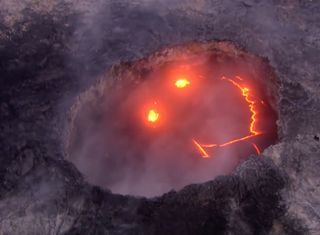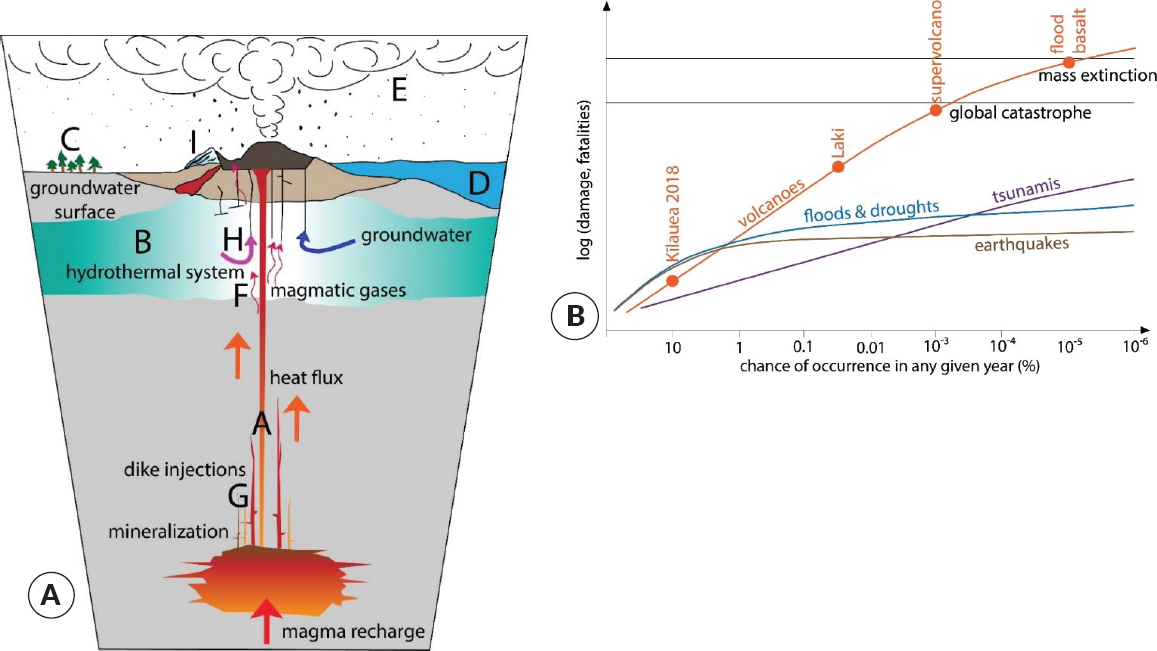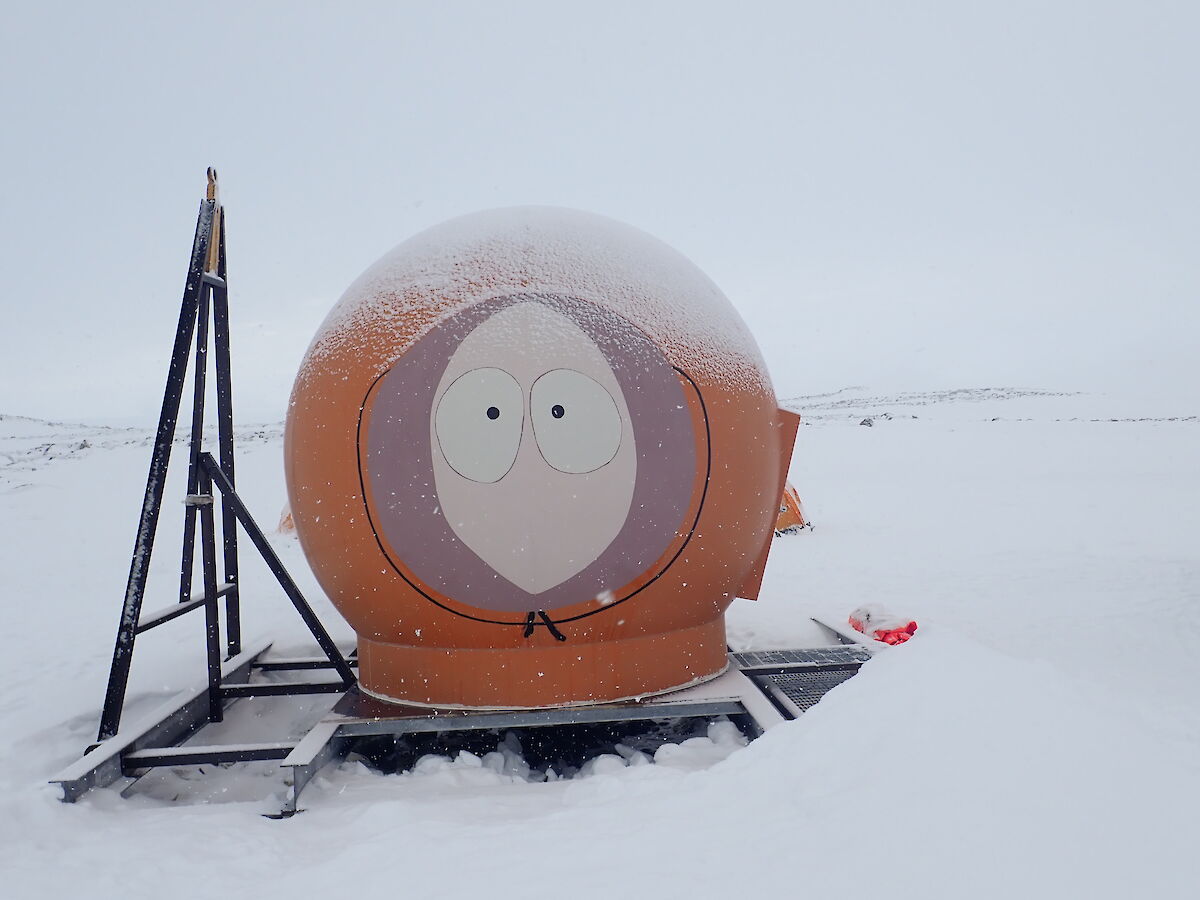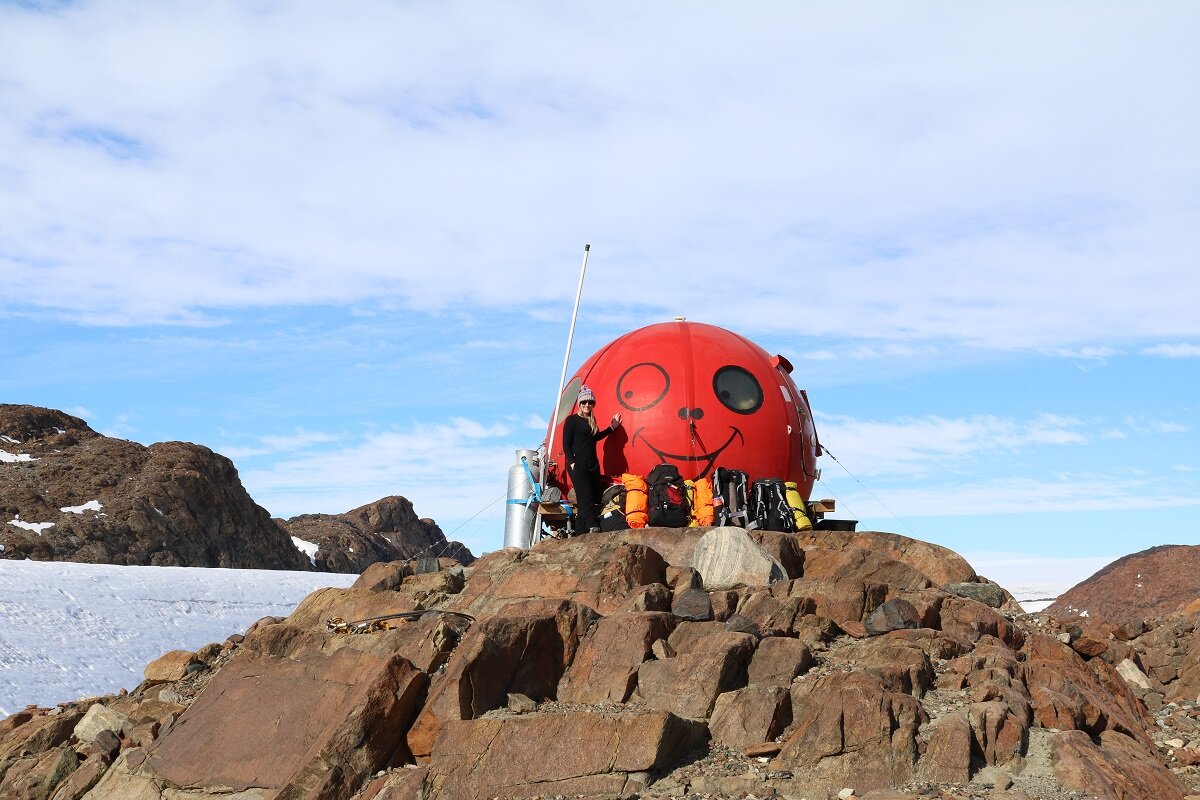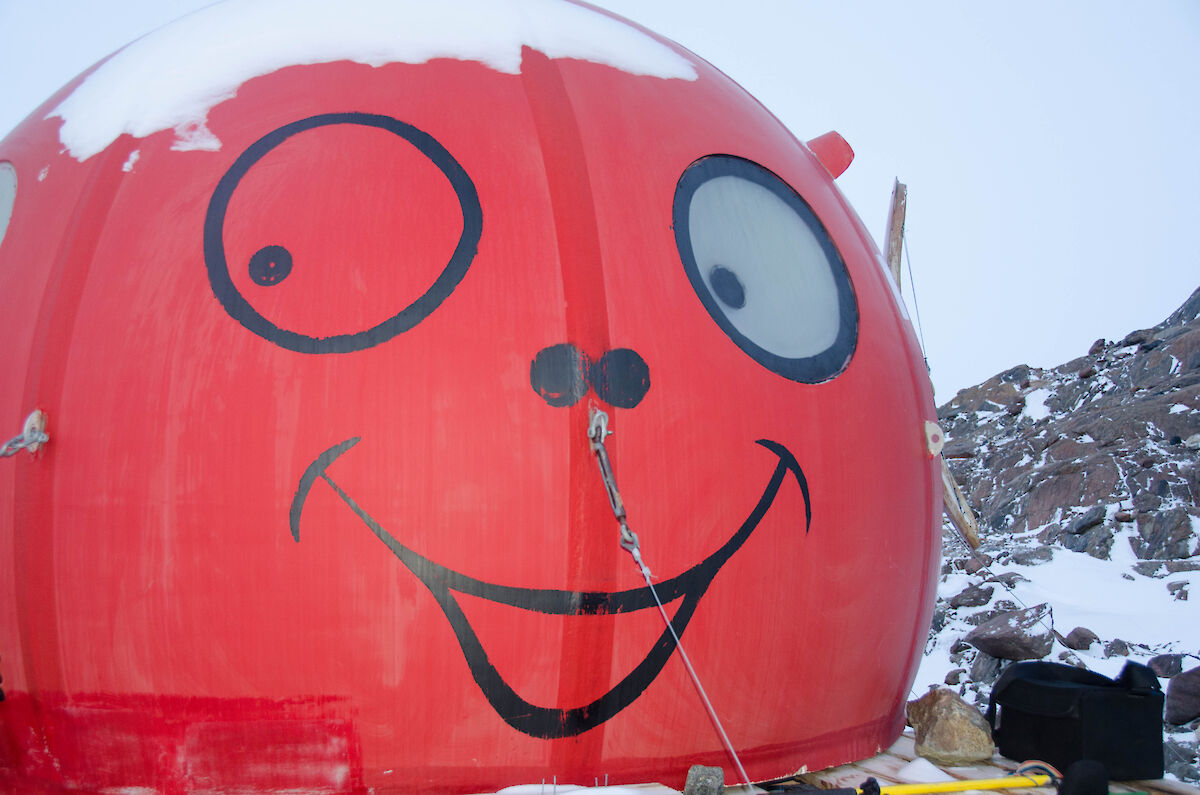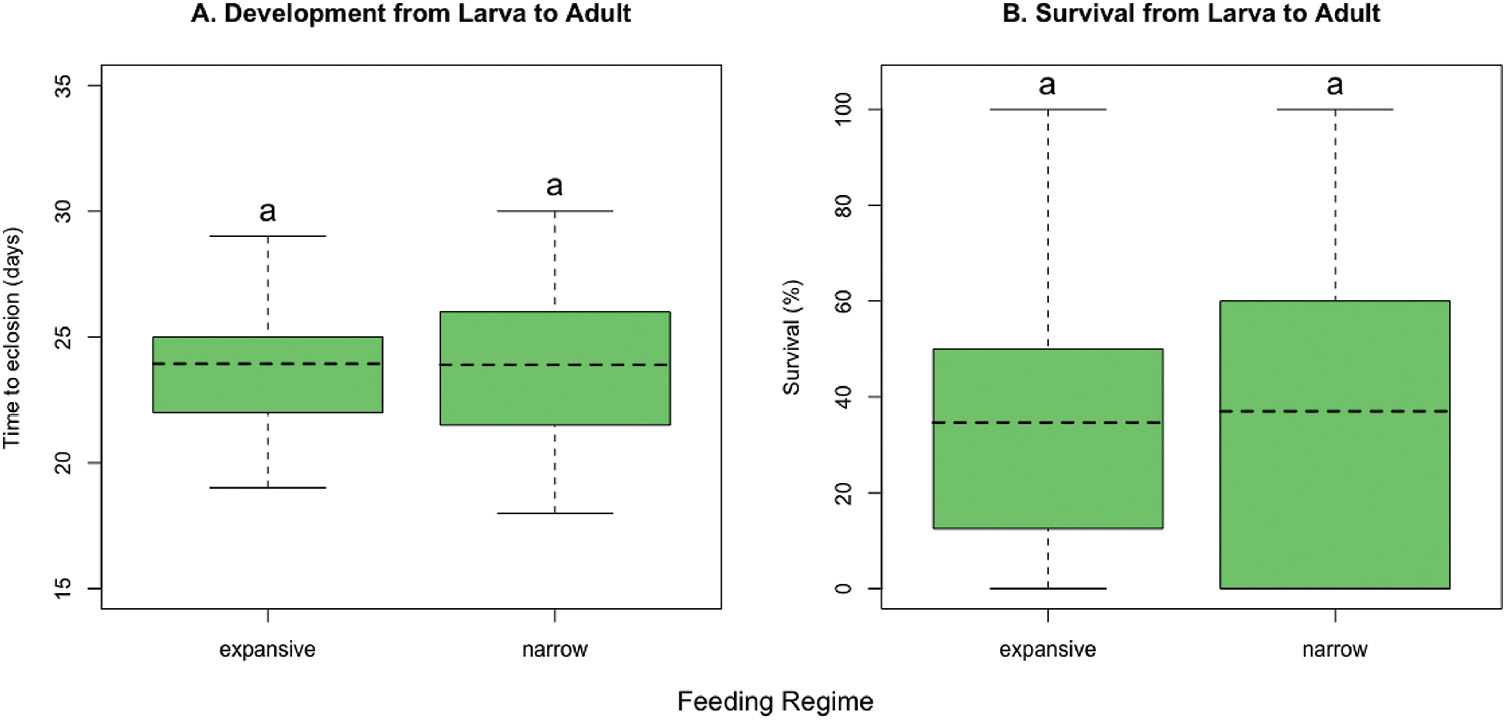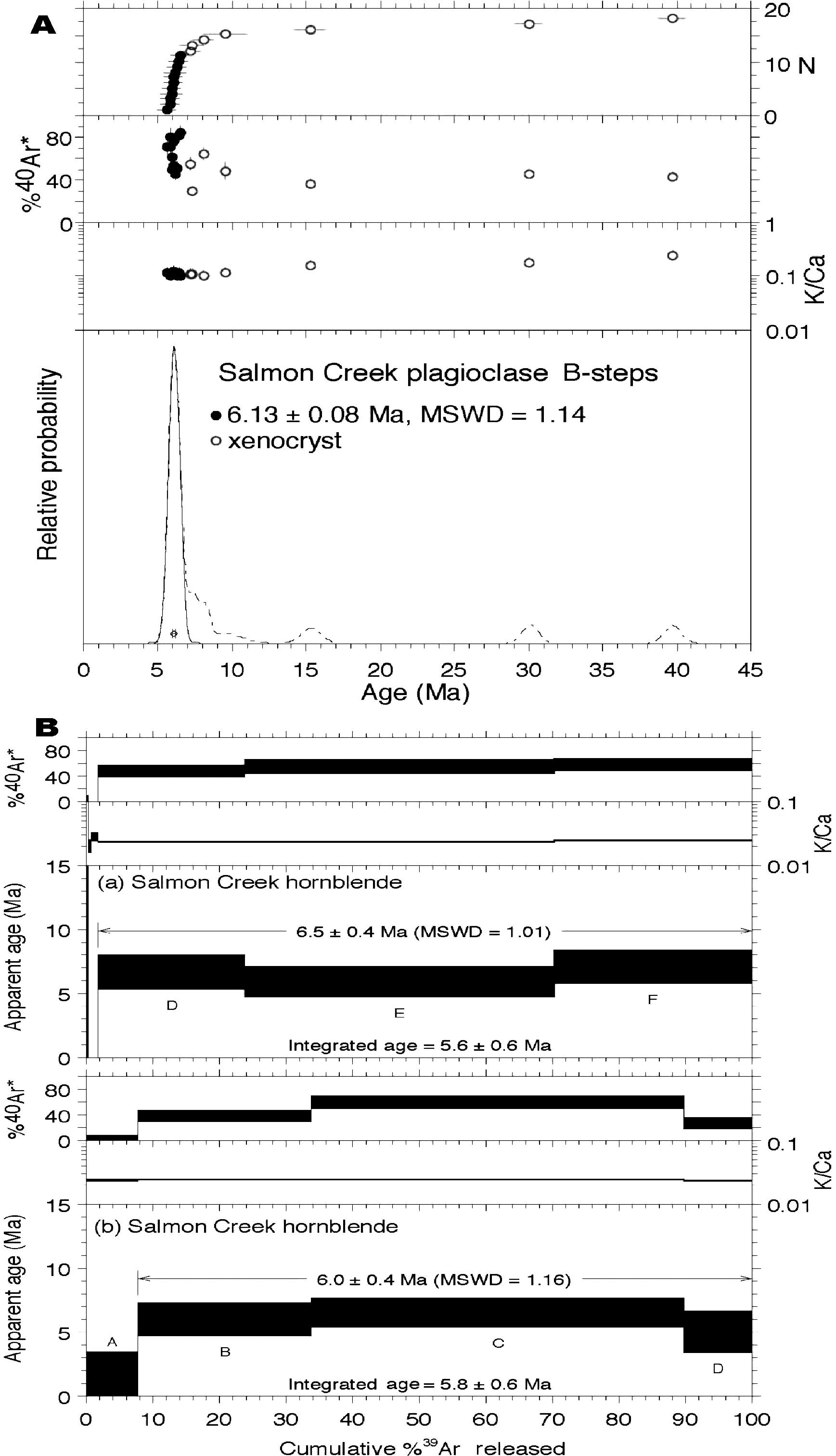The morphology of the deep ocean floor which lies at depths of about 5 000 m shows three main basins separated in the east by a major submarine ridge the pacific antarctic ridge which continues into the east pacific rise and in the west by the new zealand continental block.
Feology ocean floor smyley antarctica.
Southern ocean 2 65 million years ago transition from the pliocene to the pleistocene.
But the ocean circulation driven by that same geology drives intense summer melt along.
Some 170 million years ago antarctica was still part of the gondwana supercontinent until it broke up and antarctica drifted south and slowly began to freeze over.
From the late 19th century when the norwegian explorer fridtjof nansen first discovered an ocean in the central arctic until the middle of the 20th century it was believed that the arctic ocean was a single large basin.
In summary by including relevant local and regional ocean floor geological information into the antarctic melt hole analysis it becomes obvious that bedrock heat flow and chemically charged heated fluid flow is the likely root cause of this event.
Arctic ocean arctic ocean topography of the ocean floor.
Areas adjacent to faults and volcanic have more active other flat ocean floor areas less active.
In september 2011 sea ice covering the arctic ocean declined to the second lowest extent on record.
Explorations after 1950 revealed the true complex nature of the ocean floor.
The southern pacific ocean is bounded by south america west antarctica and australia fig.
The geology created by the boundary keeps warm melt promoting ocean water away from that part of the shelf.
By the start of the devonian period 416 ma gondwana was in more southern latitudes.
When one considers the mile thick ice shields which cover the antarctic continent today it is hard to imagine that antarctica used to be fertile land and completely free of ice.
East antarctica was at the equator where sea floor invertebrates and trilobites flourished in the tropical seas.
West antarctica was partially in the northern hemisphere and during this period large amounts of sandstones limestones and shales were deposited.
Arctic ocean sea ice.
Continental antarctica makes up just a portion of the much larger antarctic plate which is surrounded by mostly mid ocean ridge boundaries with six other major plates.
Open water is dark blue and land masses are gray.
It shows the topography of antarctica as blue lines research stations of the united states and the united kingdom in red text ice free rock areas in brown ice shelves in gray and names of the major ocean water bodies in blue uppercase text.
The continent has an interesting geologic history it was part of the supercontinent gondwana as recently as 170 million years ago and made a final split from south america.
5 x 5 kilometres per pixel making them 15 times more precise than previous models.


